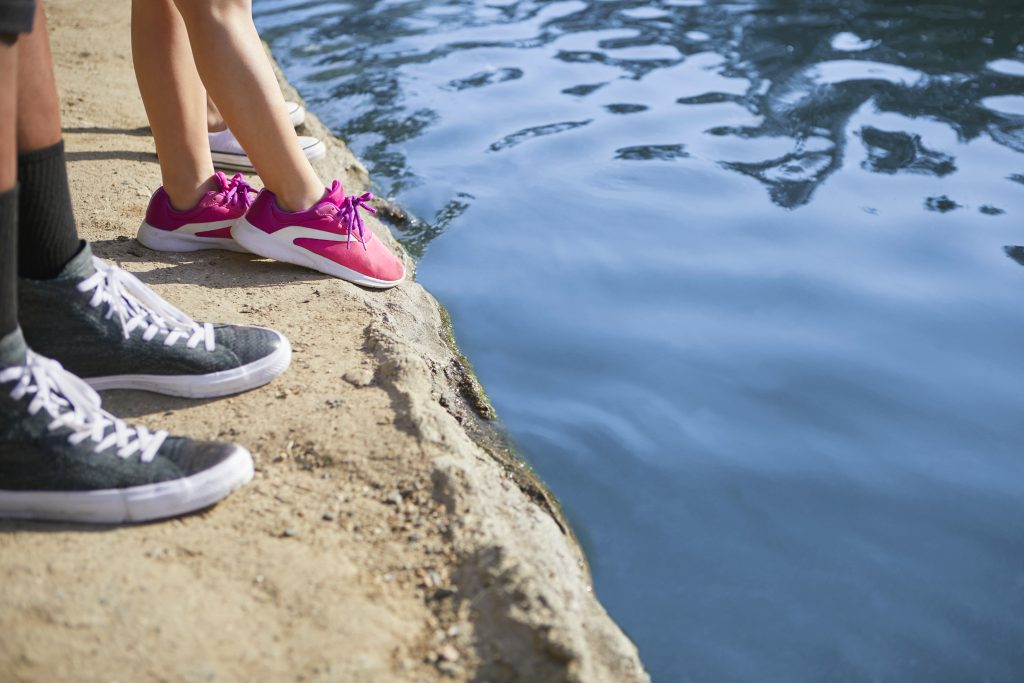As temperatures rise, kids want to cool off, whether that’s in home pools, ponds, lakes, rivers, streams,
or oceans. And that means the risk of drowning is ever present. With May being National Water Safety Month, now is the time for parents and caregivers to reinforce the importance of water safety and equip their kids with the essential skills to keep them safe in and around water.
As “America’s Swim Instructor,” the Y teaches more than 1 million children invaluable water safety and swimming skills each year. With many pools closed last summer due to COVID-19, the Y wants to make sure parents, caregivers and children make water safety a top priority as they head back into the water this year.

Here are five tips to ensure a safe and enjoyable swimming experience for all.
1. Never swim alone or without a water watcher. When children are swimming, make sure they are actively supervised at all times. Teach your children that they should only swim in locations where a lifeguard is on duty, or where a responsible adult agrees to watch the children in the water without distractions.
2. Supervise your children whenever they’re in or near water. Whether it’s bath time or taking a dip in a pool or lake, make sure your children are within arm’s reach at all times.
3. Don’t engage in breath holding activities. Children should not hold their breath for a prolonged amount of time while swimming, as this can cause drowning and has several other severe physical side-effects.
4. Wear a life jacket: Inexperienced or non-swimmers should wear a Coast Guard-approved life jacket.
5. Don’t jump in the water to save a friend who is struggling in deep water. If a child finds their friend in deep water unexpectedly, their natural instinct may be to jump in the water to try to save them. Even if a child is a great swimmer, a panicked person will overpower them and easily pull the rescuer underwater. The Y’s Safety Around Water program teaches the “reach, throw, don’t go” concept of using a long object to reach for them and pull them to safety. By using this technique children can help their friend without compromising their own safety.
6. Purchase neon or other bright colored swimsuits. Did you know the color of your swimsuit could help to save your life? Neon and other brightly colored (not blue) swimsuits are more visible under the water helping lifeguards and others identify people in the water – especially in rough, moving or splashing water.
7. Enroll your children in water safety or swimming lessons. Just like teaching your children to look both ways before they cross the street, having them participate in formal water safety or swimming lessons teaches them an important life skill – how to swim.
To learn more about the Y’s Safety Around Water program and Y Swim Lessons, visit: https://www.ymcatreasurecoast.org/aquatics/
